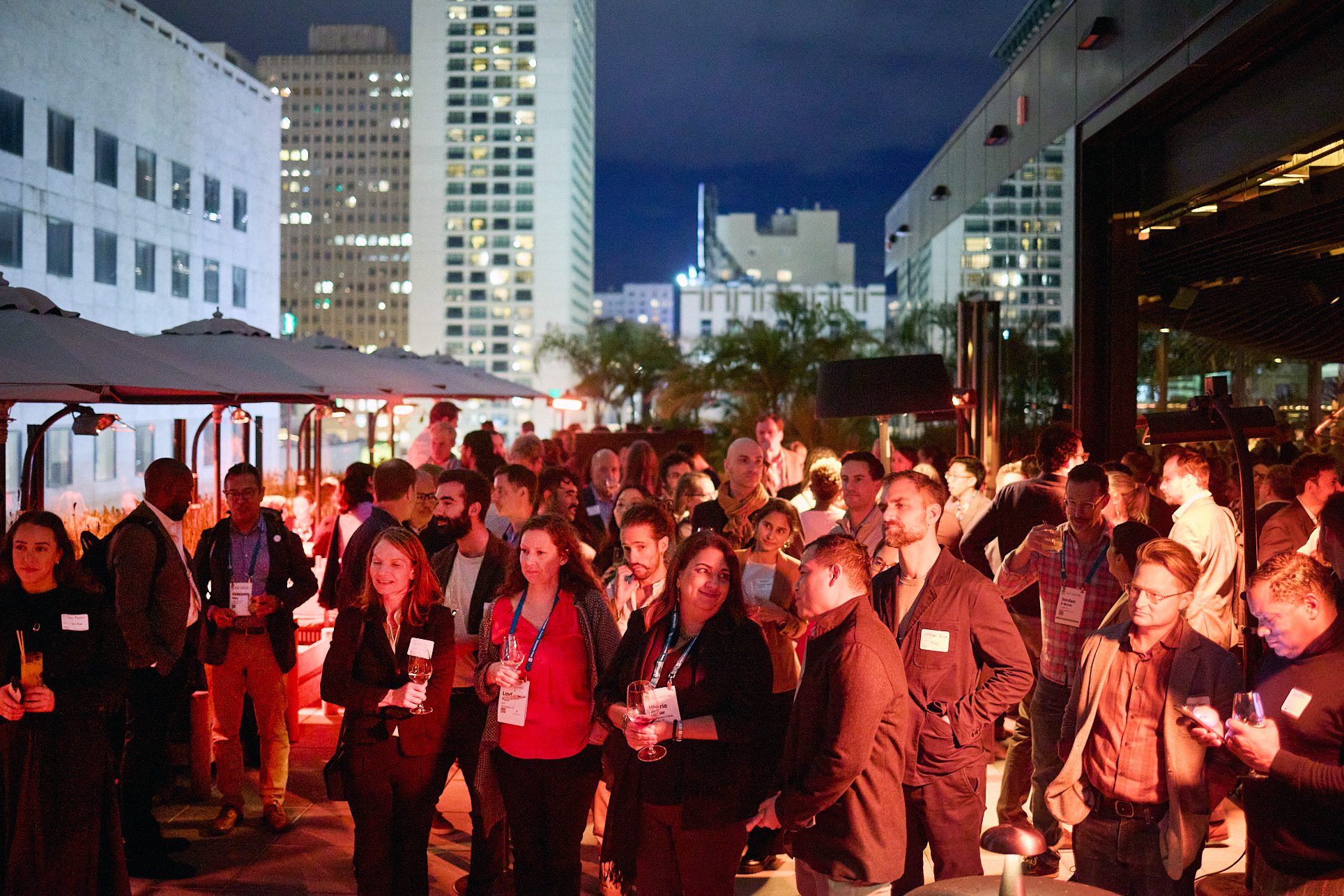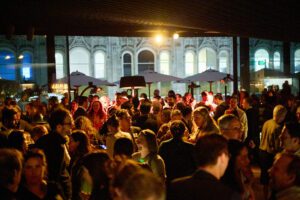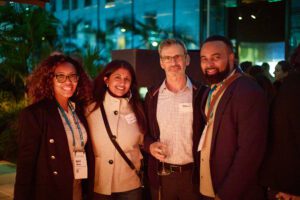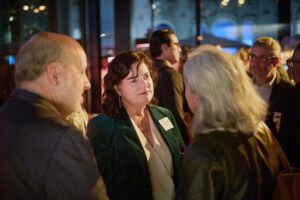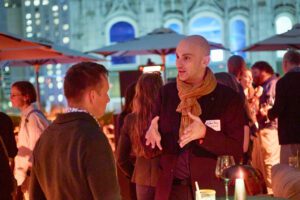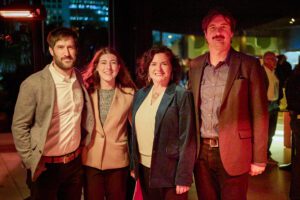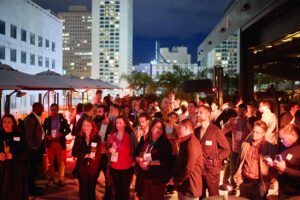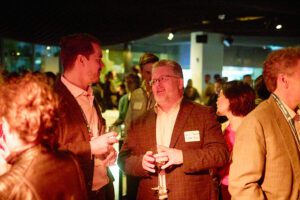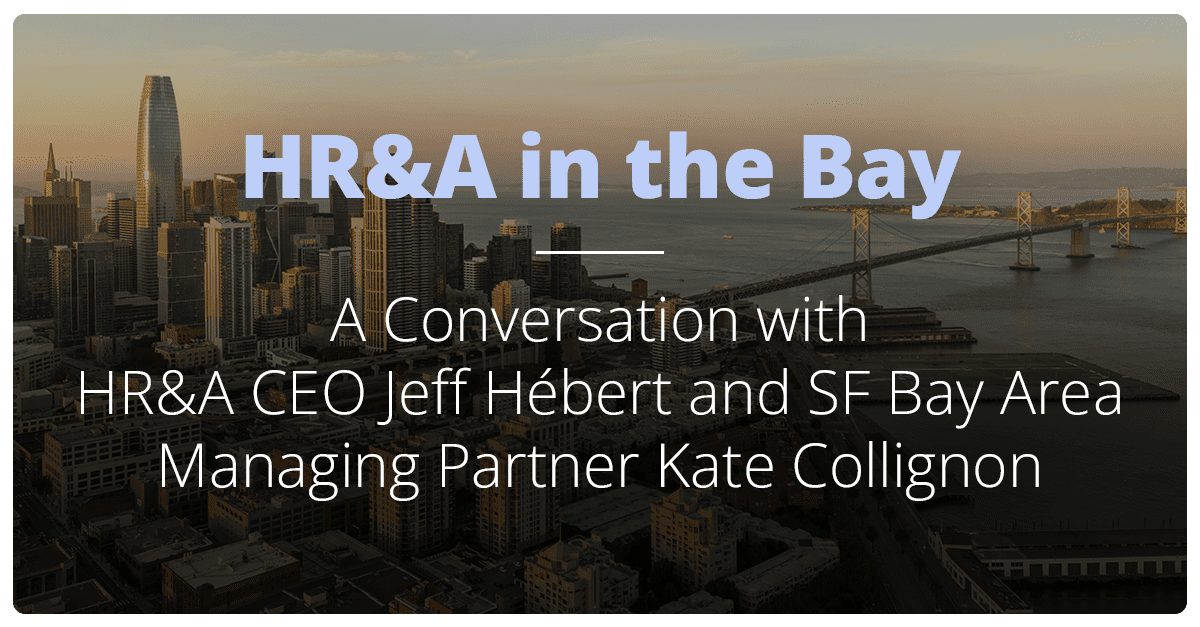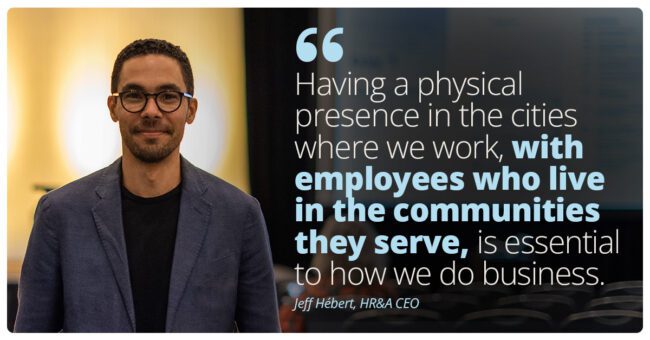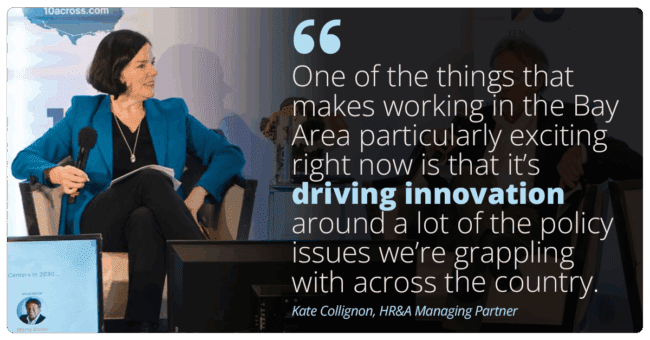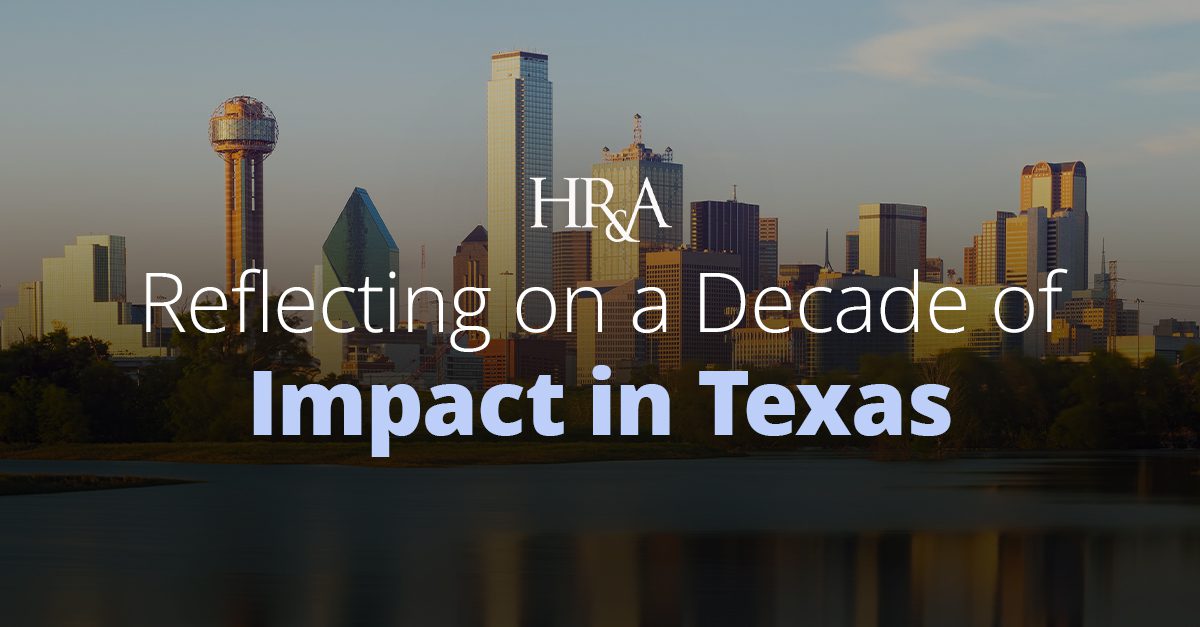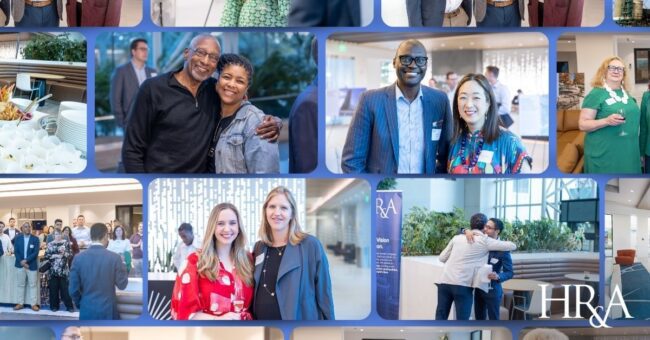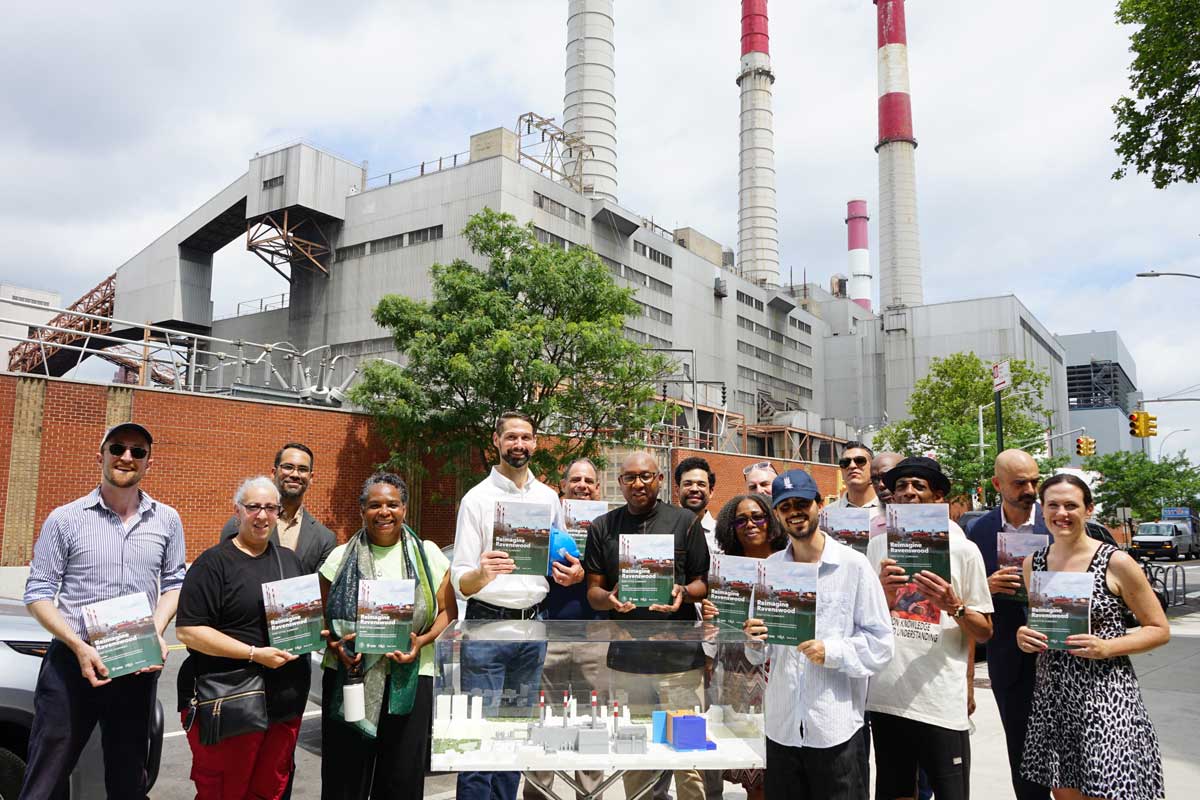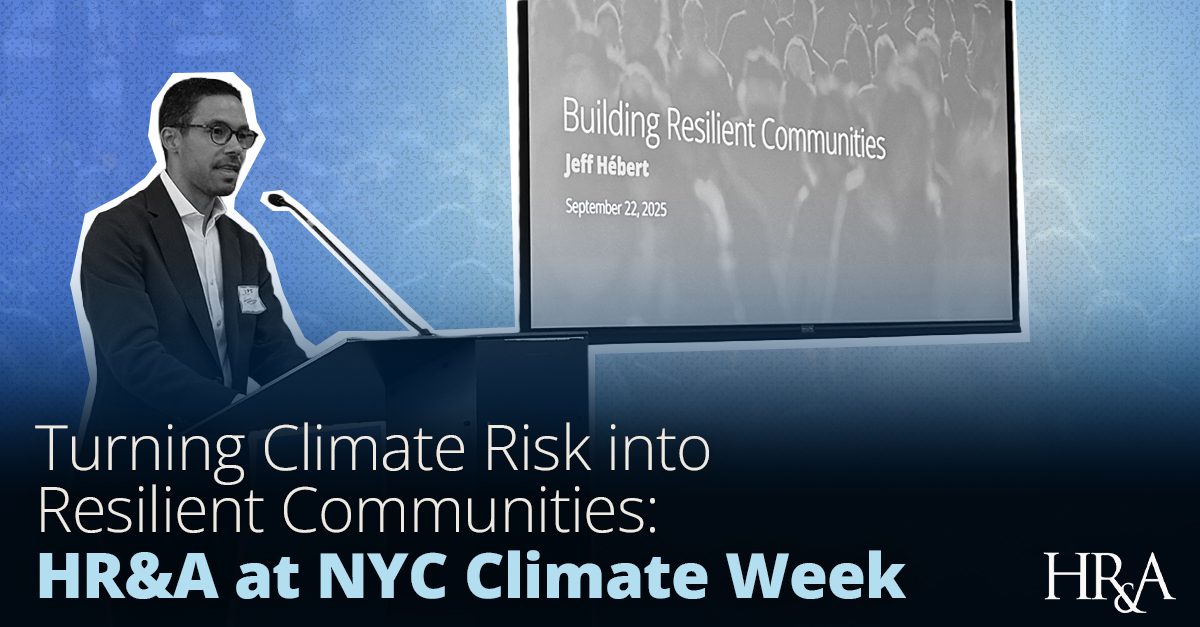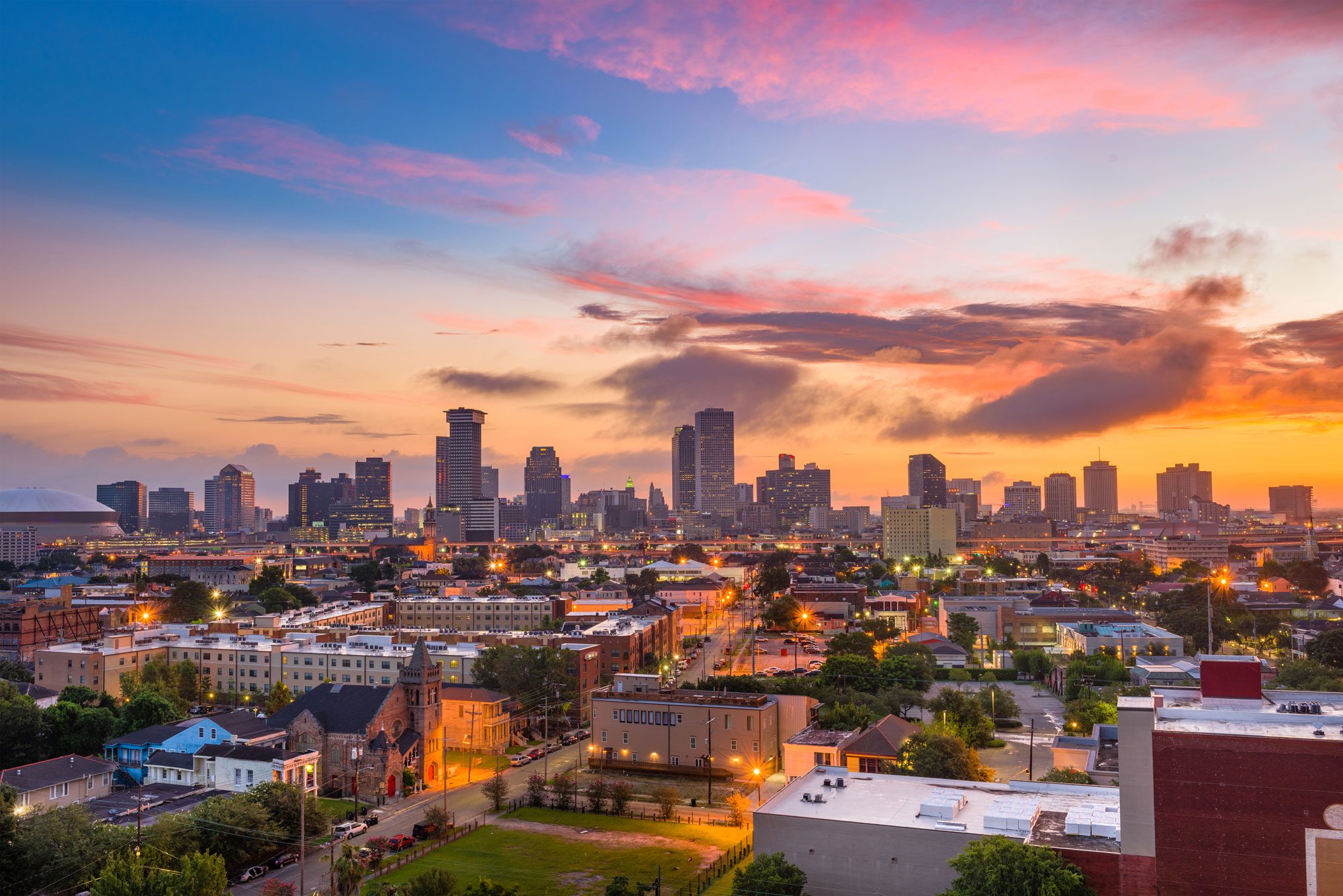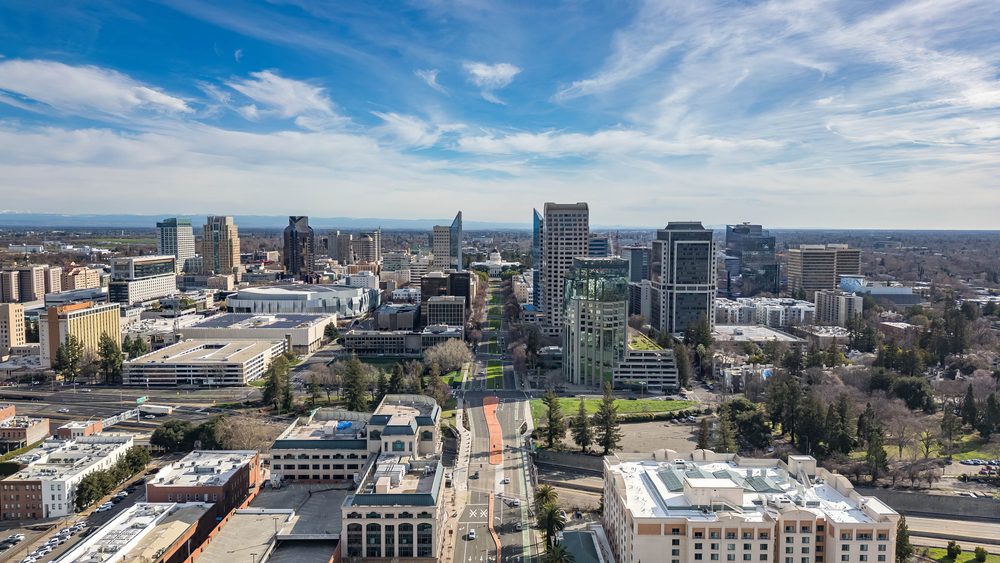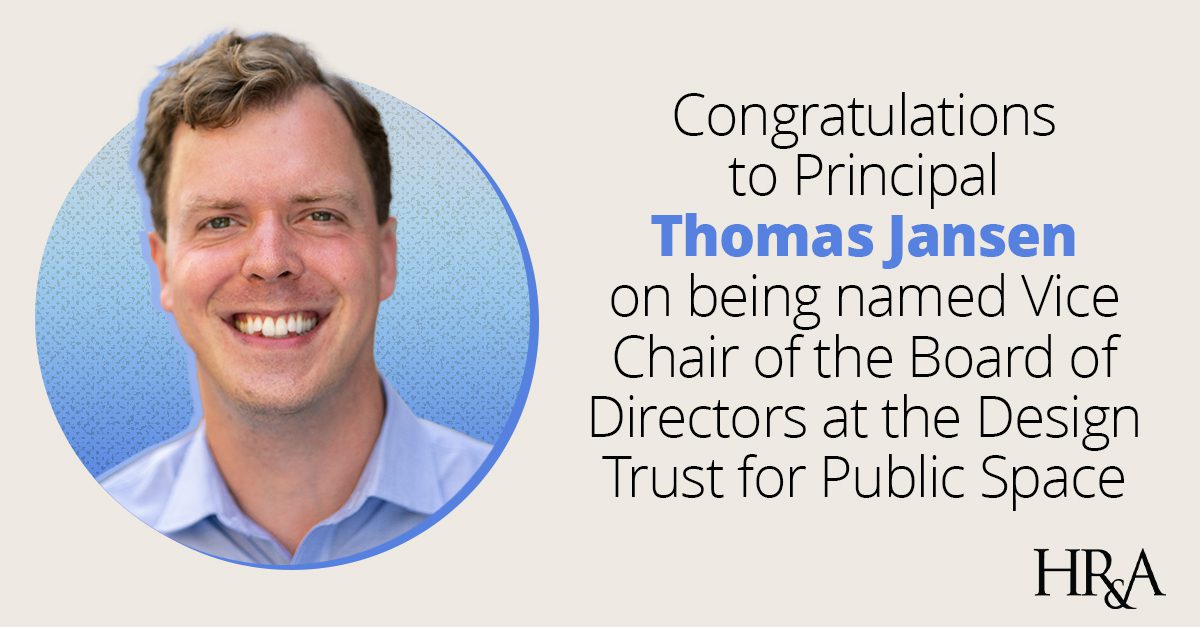Written by Ejiro Ojeni.
As New York City anticipates a mayoral election this fall, the city is grappling with both a climate emergency that threatens energy access and livability and a housing affordability emergency that is straining millions of households.
Rising temperatures, aging infrastructure, growing demand, and increasingly constrained sources of power are driving up energy costs and exposing low- and moderate-income households to disproportionate financial strain. In the last five years, 3.5 million New Yorkers (42%) have fallen behind on utility payments, and 1.9 million (23%) have experienced utility shutoffs because they could not pay their bills. Meanwhile, the cost of living continues to rise: nearly half of all NYC households spend more than 30% of their income on rent while nearly a third spend over 50%. The next mayor will need to mobilize a climate action agenda that responds to these pressures.
Reimagine Ravenswood provides a roadmap for public, private, and nonprofit partners to collaborate on addressing the nexus of climate and affordability at the neighborhood scale. The Ravenswood Generating Station is the largest fossil fuel plant in New York City, providing over 20% of the city’s local power capacity. The station sits across from NYCHA Ravenswood and Queensbridge, New York City’s largest protected affordable housing campuses, which have long faced local environmental justice challenges. Rise Light & Power (RISE) has developed plans to transform the station site into a renewable energy hub.
The Office of the Queens Borough President (QBPO) believed it was critical to ensure that the economic benefits of this transition extended to the local community, while also exploring how the redevelopment could catalyze broader quality-of-life improvements. To that end, the QBPO engaged HR&A to lead Reimagine Ravenswood, a community-driven planning process focused on site reuse, neighborhood improvement, and workforce development.
We led stakeholder engagement, including a steering committee, public workshops, focus groups, and a public survey. In partnership with Fu Wilmer Design, the team also conducted a physical site evaluation and an economic analysis to assess neighborhood socio-economic conditions and identify opportunities for workforce and business development in sectors such as green industry, small manufacturing, technology, life sciences, and the arts.
Guided by community insight, the client-consultant team developed strategies to ensure that Ravenswood’s transition to clean energy advances not only climate goals but also affordability and quality of life in the surrounding community. These strategies could be advanced by our next Mayor in neighborhoods across the city.

Ravenswood Generating Station (Image: Courtesy of Reimagine Ravenswood)
Deploying affordable, effective heating and cooling technology will reduce the energy burden for low-income residents. Extreme heat events are becoming more frequent, more intense, and longer in New York City, and our findings show that the area immediately around the Ravenswood Generating Station, including Queensbridge Houses North and South, is already characterized by intense heat and high heat vulnerability due to a lack of green space, low rates of access to home air conditioning, and high surface temperature. Building off the momentum created by the successful heat pump pilot at Woodside Houses in 2023, the City could prioritize and accelerate the installation of window heat pumps in units at NYCHA Astoria, Queensbridge North and South, Ravenswood, Woodside Houses, and other vulnerable areas.
Alongside infrastructure improvements, the City should expand successful initiatives in underinvested schools and partner with local employers to create pathways to well-paying, high-quality jobs for residents. Partnerships between local nonprofits, schools, colleges, and City agencies are crucial for connecting residents to careers in growing industries, including the green economy. By scaling youth-focused initiatives across public schools in the area, such as FutureReadyNYC and Leading the Charge, the City can equip young people with real-world skills, paid work experience, early college credit, industry credentials, and personalized career guidance. Additionally, partnerships with renewable energy companies like Rise, cleantech firms, and business organizations can create clear career pathways, exposing students and residents to opportunities offered by the clean energy transition. Together, these efforts help residents afford to stay and thrive in their communities.
In addition to the strategies we’ve explored at Reimagine Ravenswood, there are other emerging opportunities — such as The City of Yes — that the next Mayor could leverage to create a new balance of affordable housing and jumpstart local economic activity.
One critical opportunity lies in making low-income communities healthier and more dignified places to live by addressing food access. During the engagement sessions, many community members, particularly NYCHA residents, voiced a strong desire for affordable grocery and food retail options. The City of Yes for Economic Opportunity already provides a mechanism to create new, larger-scale commercial spaces within NYCHA campuses, subject to public review and approval. This could enable existing grocery stores (such as Fine Far Supermarket) to expand and create space for new grocery providers. To move forward, the City, in collaboration with NYCHA residents and the local Community Board, should evaluate whether residents want additional commercial development on campus. If so, the new administration should consider enabling the expansion of existing grocery stores or the establishment of new food retail spaces.
The City could continue rethinking how traditional industrial areas are rezoned to allow more mixed-use affordable housing development. Under the City of Yes for Economic Opportunity, new “transition zones” make it more feasible to develop properties with light industrial and commercial uses on ground floors with residential above. In the future, industrially zoned areas in the neighborhood could apply for this rezoning to create both affordable housing and spaces for local job growth.
* * * * *
A neighborhood-centric approach to tackling climate and affordability challenges in tandem can lead to reduced energy costs, healthier living environments in affordable communities, economic opportunity, and community resilience. Reimagine Ravenswood charts a path for coordinated public, private, and nonprofit action — a roadmap the next Mayor can draw from in pursuing a future where affordable housing and a clean, livable environment are inseparable goals.
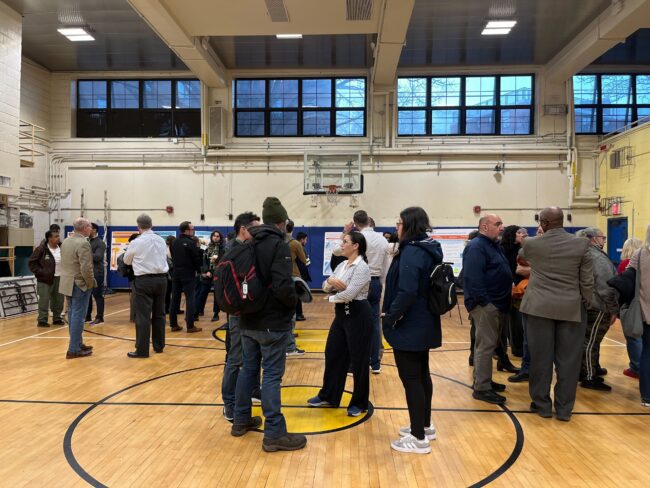 Community Engagement Event
Community Engagement Event
Top Image: Courtesy of the Queens Borough President’s Office
Learn more about Reimagine Ravenswood here.
